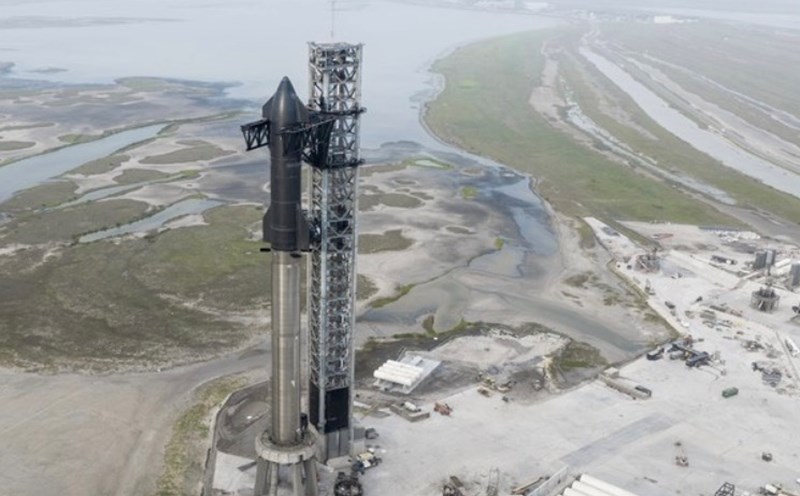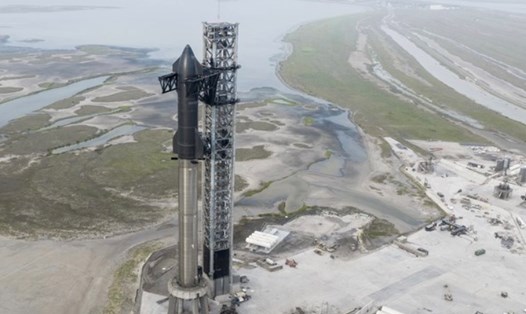Russian space agency Roscosmos said the Kosmos 482 exploration vehicle returned to the Earth's atmosphere on the morning of May 10 and crashed into the sea area west of Jakarta, Indonesia. The incident did not cause any damage or casualties.
Kosmos 482 was launched on March 31, 1972 as part of the Soviet Golden Star exploration program. However, due to a malfunction in the upper rocket layer, the spacecraft could not escape the Earth's attraction and was trapped in a elip-shaped orbit for 53 years.
The spacecraft is designed with a solid titanium runway, designed to withstand the harsh conditions of the Golden Star, which has led experts to predict that part of the spacecraft could survive after crossing the atmosphere.
The Kosmos 482 spacecraft falling back to Earth was closely monitored by the Automatic Warning of Danger Scenes in Near Earth. This is one of thousands of inactivated space objects still floating around the orbit.
According to Roscosmos, in the past year alone, 1,981 space objects, both natural and man-made, have returned to the atmosphere. On average, there are about five objects falling to Earth every day, of which one of the seven objects weighs over 500 kg. However, material damage is very rare and there have been no reports of injuries to humans.
Kosmos 482 belongs to the Venera program - a series of Soviet planet's exploration tasks lasted from 1961 to the early 1980s. This program marks many important milestones in the history of discovery, including the Venera 7 becoming the first ship to transmit data from the surface of another planet in 1970, and the Venera 9 sent the first images from the surface of the star in 1975. In the study of the atmosphere and the surface of this planet.











